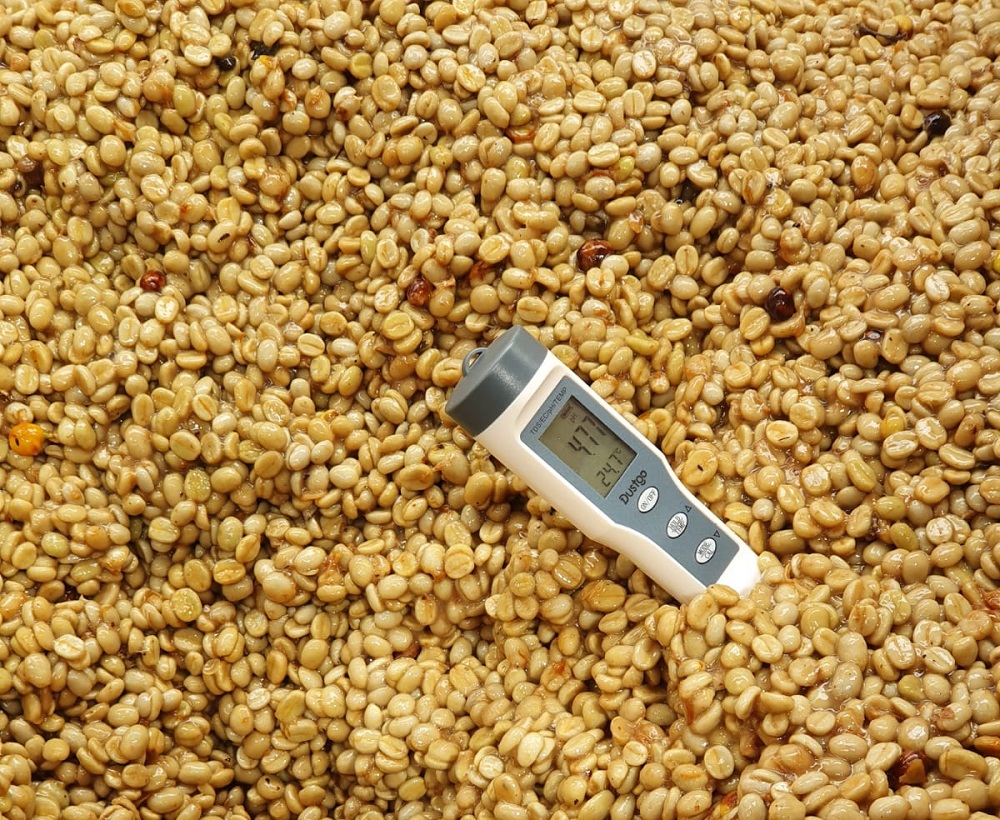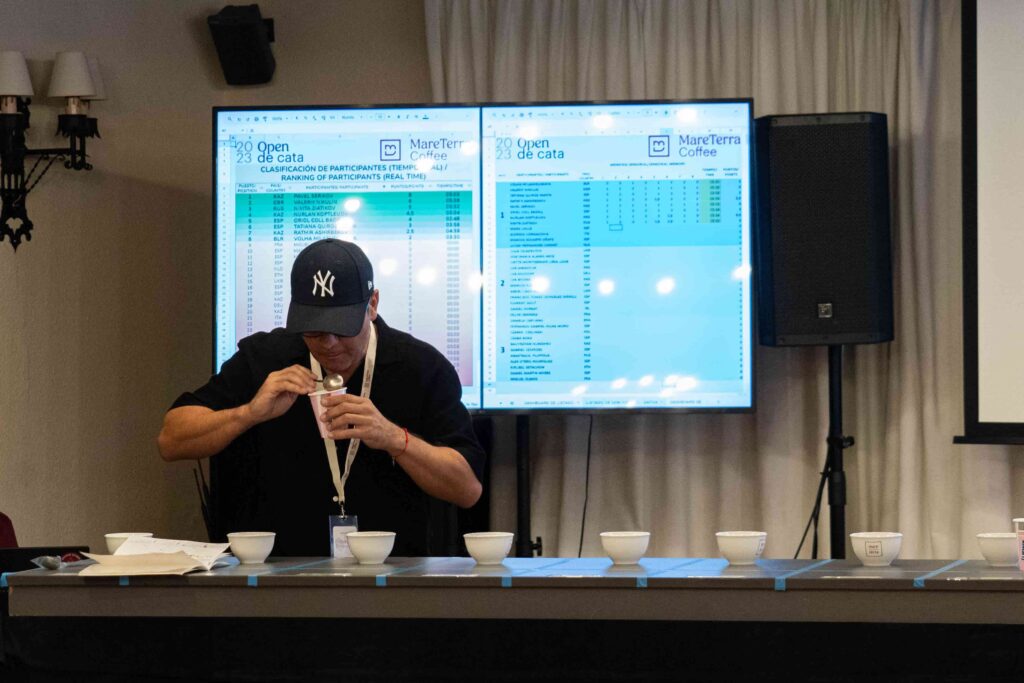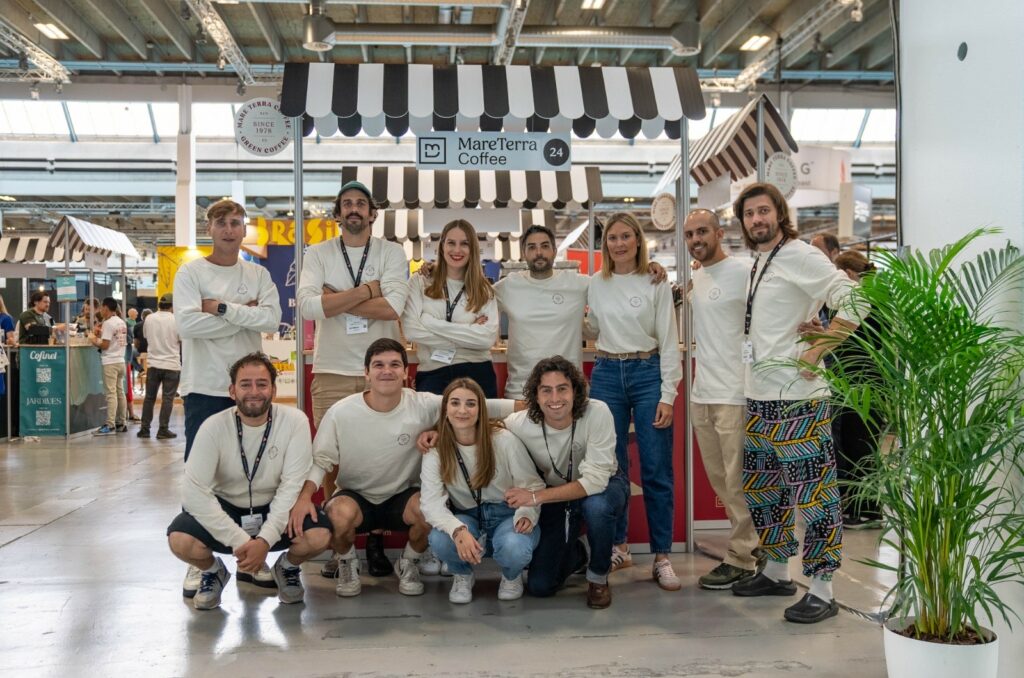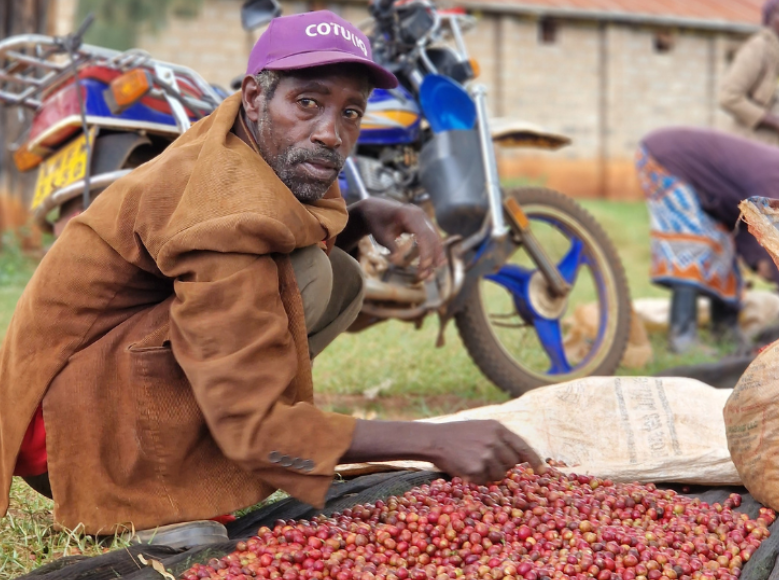Experiments in Origin


Surely, you have heard about coffee processing experiments and may have tried some of these. Why is it a different kind of coffee?
What exactly is fermentation?
It is the chemical decomposition of coffee cherry starches and sugars into simpler molecular compounds, including ethanol, carbon dioxide and water. Such a division could be the result of:
- Bacterial activity;
- The activation of the cherry’s own enzymes, triggered by certain external conditions.
As a general rule, coffee processing involves the fermentation of the cherry pulp and husk, not the bean itself. The grain only absorbs sugars and acids from the fermented dough. However, historically we have examples where the grains themselves, highly fermented, yielded an incredibly tasty cup. For example, The Best of Panama’s 100% fermented coffee beans sold for USD 400 / kg in July 2017. But it was an exception. Fermented grains are generally considered defects: they may have a bitter taste and negative acidity, e.g. pronounced acetic acid.
What do we need for fermentation?
- The organic product contained in cherries: starch, sugars and acids. The fermented product depends mainly on the properties of the source material. It’s all about genetics, terroir, cherry ripening, etc.
- Type and quantity of bacteria: generally, farmers work with bacteria that already exist in the natural environment. To create an experimental coffee, some of them add additional microorganisms. It is important to note that fully controlled fermentation can only be performed in a laboratory. On a farm, it is possible to calculate the approximate result based on the properties of the dominant bacteria, however, this calculation, as well as the attempt to reproduce the experiment, will never be accurate.
- Environmental conditions: environmental conditions influence the chemical processes and growth rate of bacteria. The main conditions include:
Temperature
. The higher the temperature, the more active the microorganisms are; however, this occurs up to certain limits as some bacteria die at temperatures above 40 ° C.
Humidity:
Contributes to faster reproduction of microorganisms.- Illumination: affects the viability of some bacteria (for example, fermentation in black plastic will give a different result than fermentation of the same coffee in a transparent or translucent plastic).
PH:
different microorganisms give different reactions to acidity. When planning experiments, it is very important to take into account the pH of the water on the farm.
Oxygen(O) and Carbon Dioxide (CO2):
the concentration of these compounds in the fermentation tanks has a direct effect on the chemical interaction of molecules due to oxidation and due to the rate of reproduction of aerobic bacteria.
All components change continuously during the fermentation process: the source material, the number of bacteria and the external conditions. For example, at some point the bacteria begin to die without maintaining the acidic environment, at some point the oxygen runs out and the anaerobic process begins, and so on.
How are cherries fermented in classical coffee processing schemes?
Fermentation accompanies almost all existing coffee processing schemes . Let’s take a closer look at each one.
- Natural Coffee:
It is the oldest type when the cherries are dried whole, with the peel and then cleaned. This type of treatment is typical for a dry climate (e.g., in the plains of Brazil), as well as for poor regions with a shortage of fresh water. In addition, green cherries, which are difficult to pulp are often sent for natural processing.
With natural processing, each cherry is fermented under the protection of the husks, so the kernels absorb the cherry sugars. Since the crop is dried before the fermentation of the husk itself begins, each cherry has its own fermentation history and the heterogeneous flavor of natural coffee is associated with this. - Washed Coffee:
The cherries are removed (eliminating the peel and part of the pulp) and then sent to a tank, where the bacteria devour the remaining pulp within 12 to 24 hours. During these hours, the intensity of fermentation depends on temperature, humidity, type and amount of bacteria and other factors. Since the husk is removed and the coffee is fermented into a homogeneous mass, its flavor is more uniform. - Semi-Washed Coffee:
This is the only processing method that does not involve fermentation. The coffee is pulped and immediately after the rest of the pulp remains in a special machine. The semi-washed process reveals the genetics and terroir of the product in its purest form. For example, when conducting fermentation experiments, Mare Terra Coffee processes some of the cherries as Semi Lavado. The resulting coffee, “Patrón”, compared to the experimental batches, allows customers to fully feel the effect of fermentation on the flavor. - Café Mieludo:
The cherries are pulped and air dried. Fermentation occurs during drying, but unlike natural processing, the flavor of the Honey is more uniform, as the husk is removed and the grains are dried into a more homogeneous mass in which the bacteria interact with each other. The intensity of the flavor depends on the amount of pulp remaining, the drying time and other factors, but as a general rule it is slightly lower than with natural coffee.
Please note that in some countries there may be confusion with the naming of the processes. For example, in Africa, there is no semi-washed processing, but producers call this practice “honey-processed coffee”. In Colombia, on the other hand, the term “semi-washed processing” is not used, although in reality it does exist and is called “washed coffee with subsequent processing”.
So, what is a fermentation experiment?
All of the classic processing methods described above require control of the physical process: the farmer controls when the coffee is dry, when the pulp is removed, and so on.
The experiments begin with an attempt to control the chemical processes during fermentation. Here it is necessary to calculate in which chemical reactions the cherry will produce interesting enzymes that enrich the flavor, in which conditions the grain will have time to absorb only the positive notes of the fermented pulp and … create these conditions.





